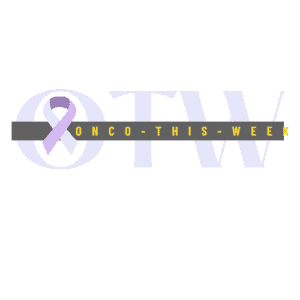Nurix Announces Strategic Collaboration with Seagen Combining Technologies of Targeted Protein Degradation and Antibody-Drug Conjugation to Advance a New Class of Cancer Therapeutics

“By combining the tissue and tumor specificity of antibodies with highly potent and catalytic targeted degradation of cancer driver proteins, we believe that DACs may represent a next generation of cancer medicine for a wide range of solid tumors and hematologic malignancies,” said Arthur T. Sands, M.D., Ph.D., president and chief executive officer of Nurix. “With Seagen, our strategic goal is to advance ADC technology to the next level to provide patients with new DAC drugs that deliver greater anti-tumor efficacy and safety compared to currently available agents.”
Share:
More News
PharmaMar has submitted a Marketing Authorization Application to the European Medicines Agency for Zepzelca® (lurbinectedin) in combination with atezolizumab (Tecentriq®) for the maintenance treatment of adult patients with extensive-stage small cell lung cancer, whose disease has not progressed after first-line induction therapy with atezolizumab, carboplatin and etoposide. The MAA submission
“At SR One, our mission is to invest in companies that we believe have the ability to innovate and advance transformational new therapies in areas of high unmet medical need,” said Simeon George, M.D., Chief Executive Officer and Managing Partner at SR One. “Fore Bio is focused on resetting the
The study demonstrated a statistically significant and clinically meaningful improvement in the primary endpoint of TACE-progression-free survival (TACE PFS*), and the other primary endpoint of overall survival (OS) is immature at the prespecified first interim analysis. Meanwhile, a clinically meaningful PFS by RECIST v1.1** was also observed. Detailed findings from
“The positive CHMP recommendation for the Itovebi-based regimen represents a significant step towards providing people in the EU with PIK3CA-mutated, ER-positive advanced breast cancer with a targeted therapy in the first-line setting,” said Levi Garraway, M.D., Ph.D., Roche’s Chief Medical Officer and Head of Global Product Development. “This recommendation is



